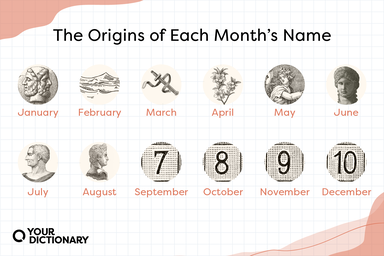The oldest stage-building was erected in the time of Lycurgus; it consisted of a rectangular hall with square projections (1rapauKs vca) on either side; in As= front of this was built in late Greek or early Roman times a stage with a row of columns which intruded upon the orchestra space; a later and larger stage, dating from the time of Nero, advanced still farther into the orchestra, and this was finally faced (probably in the 3rd century A.D.) by the " bema " of Phaedrus, a platform-wall decorated with earlier reliefs, the slabs of which were cut down to suit their new position.
The types show late Greek and perhaps also late Punic influence, but approximate later to Roman models.
All these efforts at reconciliation show how clearly the problem of evil was realized in these Gnostic and half-Gnostic sects, and how deeply they meditated on the subject; it was not altogether without reason that in the ranks of its opponents Gnosticism was judged to have arisen out of the question, 7r60ev TO KaK6P; This dualism had not its origin in Hellenic soil, neither is it related to that dualism which to a certain extent existed also in late Greek religion.
Even the characteristic dualism of Gnosticism has already proved to be in part of Iranian origin; and now it becomes clear how from that mingling of late Greek and Persian dualism the idea could arise that these seven halfdaemonic powers are the creators or rulers of this material world, which is separated infinitely from the light-world of the good God.
Throughout this mystic religious world it was above all the influence of the late Greek religion, derived from Plato, that also continued to operate; it is filled with the echo of the song, the first note of which was sounded by the Platonists, about the heavenly home of the soul and the homeward journey of the wise to the higher world of light.





